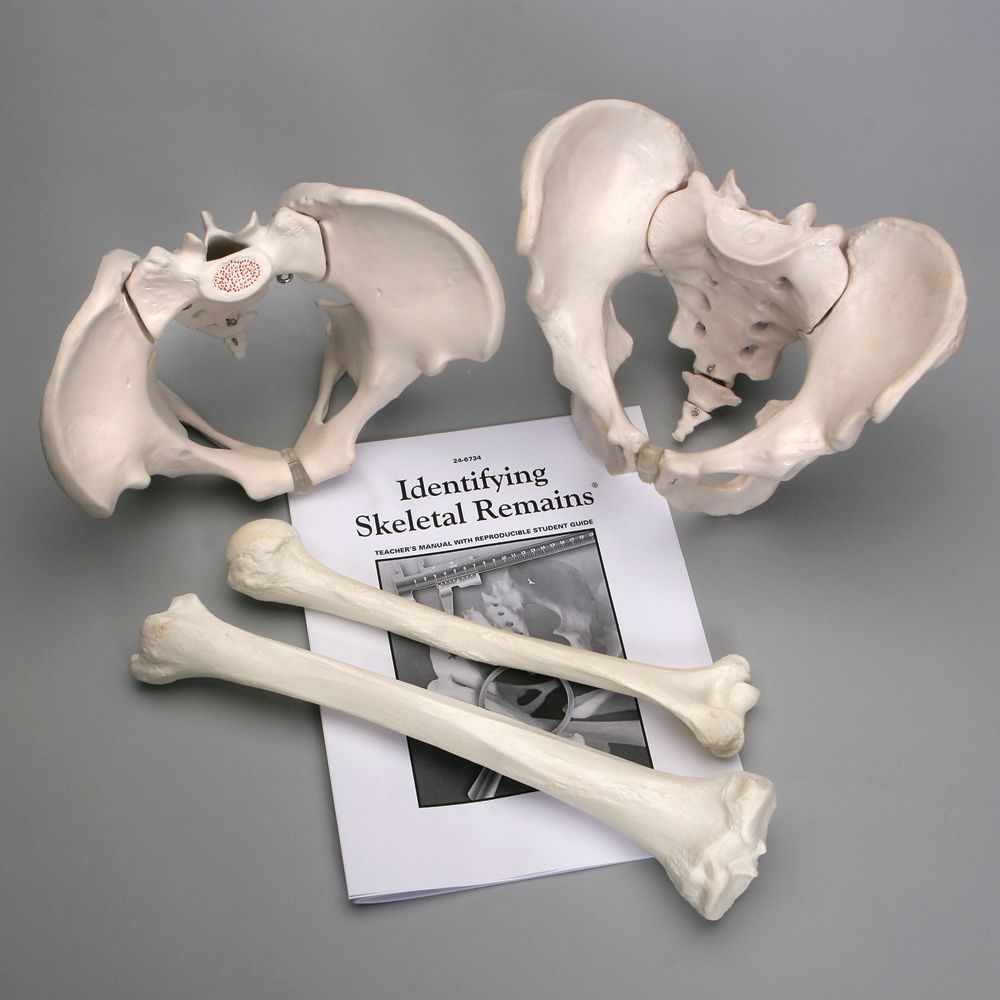Nomadic Lifestyle: Understanding Mobile Communities and Their Role in Islamic Expansion
Understand the nomadic lifestyle
A nomadic lifestyle represent one of humanity’s oldest ways of living, characterize by regular movement from place to place quite than permanent settlement. Nomadic peoples traditionally follow seasonal patterns, move their communities, livestock, and possessions in search of resources like water, graze land, or favorable weather conditions.
This mobile way of life develop as an adaptation to specific environmental conditions, peculiarly in regions where permanent agriculture was challenging or impossible. Nomadic communities emerge in various forms across different continents, from the pastoral herders of Central Asia to the hunter-gatherers of Africa and the reindeer herders of the arctic.
Types of nomadic communities
Pastoral nomadism represent the nigh common form, where communities move with their livestock herds. These groups typically raise cattle, sheep, goats, camels, or horses, depend on their geographic region. The animals provide food, clothing, shelter materials, and transportation, make them central to nomadic survival.
Hunter-gatherer nomadism involve communities that move seasonally to follow game migrations or harvest wild plants and fruits. This lifestyle rerequiresntimate knowledge of local ecosystems and seasonal patterns.
Trader nomadism develop along major trade routes, where groups specialize in transport goods between settle communities. These nomads oftentimes become wealthy intermediaries in long distance commerce.
Social structure and organization
Nomadic societies typically organize around kinship groups or clans, with leadership base on experience, wisdom, and the ability to make decisions that ensure group survival. These communities value mobility, adaptability, and share resources over individual accumulation of property.
Decision-making oftentimes occur conjointly, with elders play crucial advisory roles. The harsh realities of nomadic life require cooperation and mutual support, create strong social bonds within groups.
Geographic distribution of nomadic peoples
Historically, nomadic peoples inhabit vast regions across multiple continents. The Eurasian steppes, stretch from Eastern Europe to Mongolia, support numerous pastoral nomadic groups include the mongols, Turkic peoples, and various Iranian tribes.
The Arabian Peninsula become habitation to bedouin tribes who master desert survival through camel herding and trading. These groups develop sophisticated knowledge of desert navigation, water sources, and seasonal patterns.
Central Asia’s harsh climate and terrain make it ideal for nomadic pastoralism, with groups like the Kazakhs, Kyrgyz, and Uzbeks develop distinct cultural traditions around livestock herding.
North Africa’s Sahara desert and surround regions support nomadic Berber tribes who specialize in trans Saharan trade, connect sub Saharan Africa with Mediterranean civilizations.
The rise and spread of Islam
Islam emerges in theArabian Peninsulaa during the 7th century, found by the prophetMuhammadd in mecca andMedinaa. The religion’s core teachings emphasize monotheism, social justice, and community solidarity, messages that resonate with various populations across theMiddle Eastt and beyond.
The early Islamic community face persecution in mecca, lead to the migration (hHijra)to meMedinawhere the first muMuslimommunity was esestablishedThis experience of migration and adaptation would become symbolically important in Islamic culture.
Follow Muhammad’s death, the Islamic community expand quickly under the leadership of the caliphs. Within a century, Islamic rule extend from Spain in the west to Central Asia in the east, encompass diverse populations and cultures.
Islamic principles and universal appeal
Islam’s emphasis on equality before god, disregardless of tribal or ethnic background, appeal to many groups who felt marginalize by exist power structures. The religion’s practical guidance for daily life, include laws govern trade, family relationships, and social conduct, provide stability and order.
The concept of the ummah (iIslamiccommunity )transcend tribal and ethnic boundaries, offer a new form of identity that could unite diverse populations under share beliefs and practices.
How nomadic lifestyle facilitated Islamic expansion
The nomadic way of life create ideal conditions for the rapid spread of Islamic ideas and practices across vast distances. Several factors make nomadic communities peculiarly effective vehicles for religious and cultural transmission.
Mobility and network connections
Nomadic groups’ constant movement create extensive networks span thousands of miles. These communities regularly interact with settle populations, other nomadic groups, and trading centers, provide numerous opportunities for cultural and religious exchange.
The seasonal migration patterns of nomadic peoples create predictable contact points where different groups would meet, trade, and share information. These gatherings become natural venues for religious discussion and conversion.
Nomadic traders and herders serve as informal ambassadors, carry Islamic teachings along with their goods and livestock. Their credibility as successful merchants and skilled pastoralists lend weight to their religious messages.
Cultural adaptability
Nomadic societies’ inherent adaptability make them more receptive to new ideas and practices. Their survival depend on flexibility and the ability to adjust to change circumstances, make them course open to religious innovations that offer practical benefits.
Many nomadic groups already possess monotheistic tendencies or were familiar with monotheistic concepts through contact with Jewish and Christian communities. Islam’s clear monotheistic message frequently align with exist spiritual inclinations.
The egalitarian aspects of nomadic society resonate with Islamic principles of equality and brotherhood. The religion’s rejection of rigid social hierarchies appeal to communities that value merit and practical skills over inherit status.
Strategic geographic position
Nomadic territories oftentimes occupy strategic positions along major trade routes and between settle civilizations. Control of these areas give nomadic groups significant influence over commercial and cultural exchange.
The Arabian Peninsula’s position between the Byzantine and Persian empires make Arab nomadic tribes crucial intermediaries in regional politics and trade. When these groups convert to Islam, they carry the religion into their extensive commercial and diplomatic networks.
Central Asian nomadic peoples control the Silk Road routes connect china with the Middle East and Europe. Their conversion to Islam facilitate the religion’s spread into East Asia and the Indian subcontinent.
Specific examples of nomadic Islamic expansion
Arab bedouin tribes
The early Islamic conquests rely heavy on Arab bedouin tribes who bring their desert warfare skills and mobility to to expand mMuslimarmies. These groups’ knowledge of desert terrain and their ability to move rapidly across vast distances prove decisive in campaigns against the bByzantineand pPersianempires.
Bedouin converts become enthusiastic proponents of Islam, see the religion as validation of their cultural values while offer opportunities for wealth and status through participation in conquest and trade.
Turkic peoples
Various Turkic nomadic groups across Central Asia gradually convert to Islam between the 8th and 12th centuries. Erstwhile convert, these communities become powerful agents of Islamic expansion, establish kingdoms and empires that spread the religion air into aAsia
The Seljuk Turks, primitively nomadic pastoralists, conquer much of the Middle East and Anatolia, establish Islamic rule in regions that had been Christian for centuries. Their success demonstrate how nomadic military organization could be adapted to create stablIslamicic states.
Mongol conversion
Although initially devastating to Islamic civilizations, many mongol groups finally convert to Islam. The Mongol Empire’s vast extent mean that their conversion have enormous implications for Islamic expansion into regions like Eastern Europe, Central Asia, and parts of china.

Source: ar.inspiredpencil.com
The Golden Horde in Eastern Europe and the Ilkhanate in Persia both finally adopt Islam, bring the religion to populations that had antecedently have little contact with Islamic civilization.
Long term impact on Islamic civilization
The nomadic contribution to Islamic expansion create last effects on the religion’s development and character. The interaction between nomadic and settle populations within the Islamic world produce unique cultural syntheses that enrich Islamic civilization.
Cultural synthesis
Nomadic converts bring their own traditions, art forms, and social practices into Islamic culture, create regional variations that maintain Islamic core principles while reflect local customs and values.
The military traditions of nomadic peoples influence Islamic concepts of jihad and the organization of Muslim armies. Nomadic tactical innovations and warrior cultures became integrate into Islamic military doctrine.
Architectural and artistic influence
Nomadic aesthetic traditions influence Islamic art and architecture, peculiarly in regions where nomadic groups establish political control. Geometric patterns, textile designs, and decorative motifs from nomadic cultures became incorporate into Islamic artistic traditions.
The portable nature of nomadic art forms, such as carpets, metalwork, and leather goods, facilitate the spread of artistic styles across the Islamic world.
Economic implications
The nomadic lifestyle’s emphasis on trade and mobility align utterly with Islamic commercial principles. Many nomadic groups were already engaged in long distance trade before their conversion, andIslamm’s favorable attitude toward commerce encourage the expansion of these activities.
Islamic commercial law provide frameworks for complex trading relationships that span different legal and cultural systems. Nomadic merchants could operate more efficaciously within these standardized systems, increase trade volume and geographic reach.
The hajj pilgrimage requirement create additional economic opportunities for nomadic groups who could provide transportation, guides, and protection services for pilgrims travel to mecca.
Modern perspectives and legacy
The historical relationship between nomadic lifestyles and Islamic expansion offer insights into how religions adapt to different cultural contexts and geographic environments. The success of Islam among nomadic peoples demonstrate the religion’s flexibility and universal appeal.
Contemporary nomadic communities in Islamic regions continue to maintain distinct cultural identities while participate in broader Islamic civilization. These groups preserve traditional knowledge and practices that connect modern Muslims to their historical roots.
The nomadic contribution to Islamic expansion besides highlight the importance of mobility and cultural exchange in religious development. The interaction between different ways of life enrich Islamic civilization and contribute to its remarkable diversity and adaptability.
Understand this historical relationship help explain the geographic distribution of Islamic populations and the cultural variations find within the global Muslim community. The nomadic legacy remain visible in Islamic art, literature, military traditions, and commercial practices.
The story of nomadic peoples and Islamic expansion finally demonstrate how religious ideas can transcend cultural boundaries when they address universal human needs and aspirations. The mobility, adaptability, and network connections of nomadic communities make them ideal vehicles for spread Islamic teachings across vast distances and diverse populations, contribute to the creation of one of the world’s major religious civilizations.

Source: fity.club



